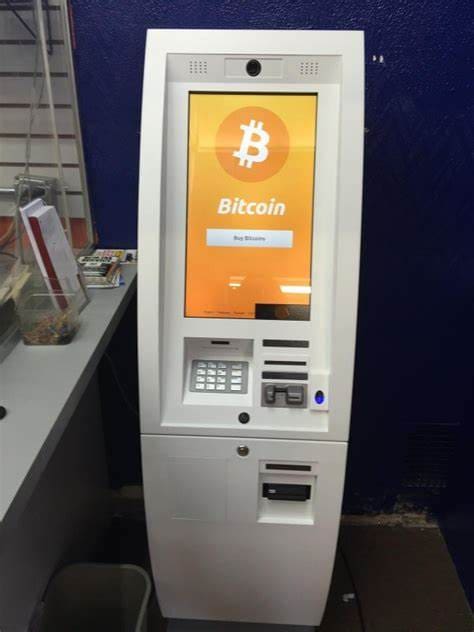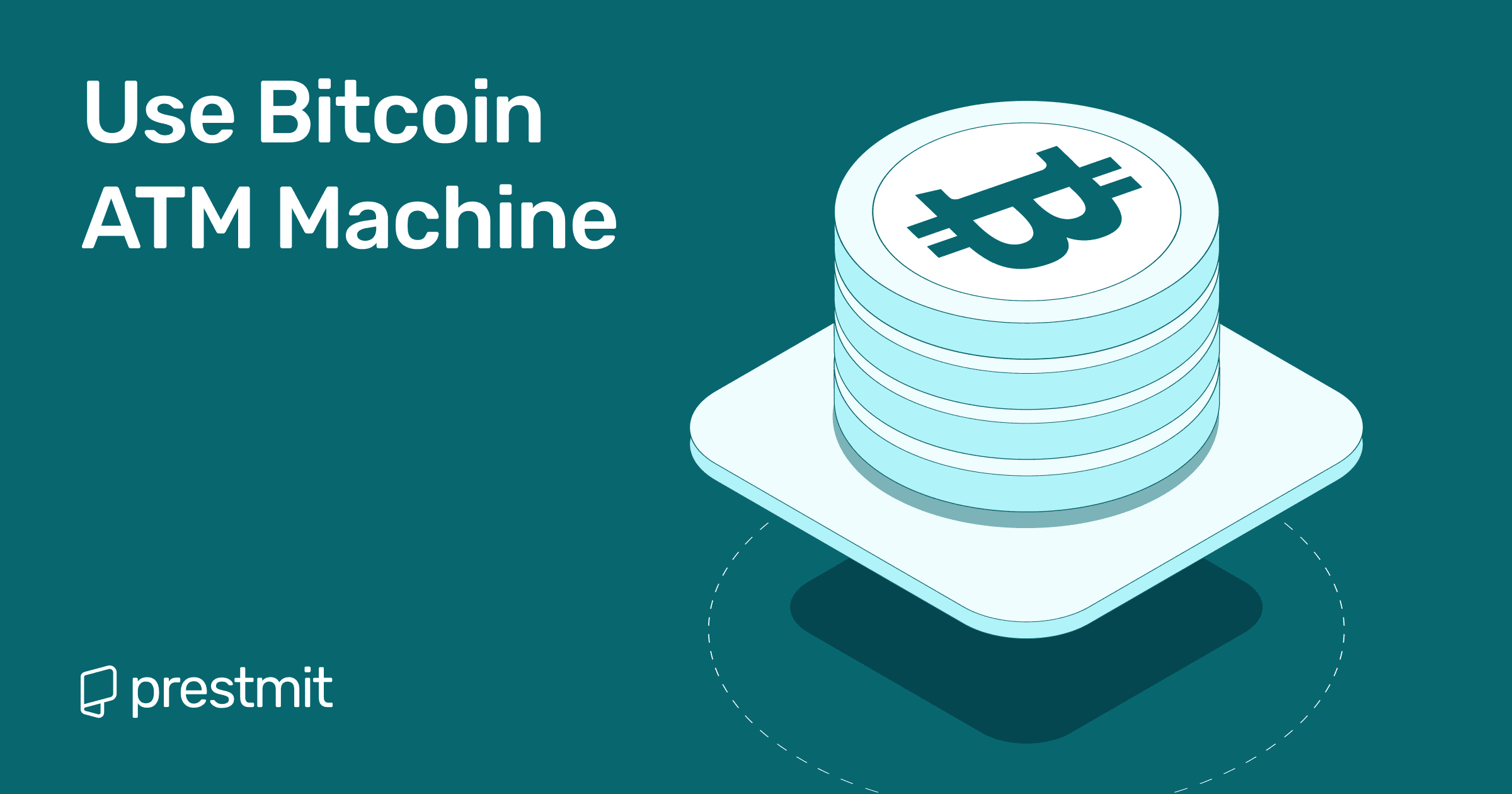Table of Contents
Regular ATMs have made life easier for everyone who hates standing in line at the bank (which is basically all of us). The crypto world couldn’t afford to lose out, and boom—Bitcoin launched its version.
Bitcoin ATMs showed up in 2013, and honestly, if you’ve ever used a regular ATM, you’re already halfway there. However, instead of dispensing cash from bank accounts, Bitcoin ATMs let you buy or sell Bitcoin using cash or a card.
As of 1 January 2025, there were almost 39,000 ATMs scattered around the globe. So, how do you use one? Let’s break it down with this guide.
Types of Bitcoin ATMs

Bitcoin ATMs come in two main types, and knowing the difference can save you time, especially if you’re planning to sell Bitcoin rather than just buy it.
1. One-way Bitcoin ATMs (Unidirectional)
These ATMs only let you buy Bitcoin. You insert cash (or sometimes use a card), and the machine sends Bitcoin to your wallet. They don’t come with an option to turn Bitcoin back into cash.
2. Two-way Bitcoin ATMs (Bidirectional)
Two-way Bitcoin ATMs let you buy and sell Bitcoin. You can use cash to buy your coin, or send Bitcoin to the machine and get some money in return.
Most machines are unidirectional, so if you need to cash out, use one that clearly says it supports selling. Most machines are also cash-only, and not all support cards. This information is displayed on the welcome screen or on signs near them that show the available features.
How to Use a Bitcoin ATM
If you can use a regular ATM, you can use a Bitcoin ATM. Here’s a simple step-by-step guide:
-
Find a Nearby Machine
Use a site like CoinATMRadar to locate one close to you.
-
Choose Transaction Type
Tap the screen to choose whether you want to buy or sell Bitcoin.
-
Verify Your Identity
Most machines require some form of ID, depending on how much you’re transacting:
- Under $900: You’ll likely need to enter your phone number and verify it with a code. Some machines might ask for your name or date of birth.
- $900–$3,000: You must scan a government-issued ID, like a driver’s license or passport.
- Over $3,000: The machine may also ask for a selfie, address, or proof of where your money came from, especially in countries with strict crypto rules.
- These amounts can vary by operator and location, so check the screen before you start. The machine usually tells you exactly what is needed.
-
Scan Your Bitcoin Wallet
Use the QR code from your crypto wallet app (like Trust Wallet, Coinbase, or Binance). If you don’t have a wallet yet, some machines help you set one up.
-
Insert or Withdraw Cash
-
-
- Buying? Insert the amount of cash you want to convert to Bitcoin.
- Selling? The machine will tell you how much you’ll get in cash.
-
-
Confirm and Complete the Transaction
Check all details, hit confirm, and wait for the transaction to process. Your purchases show up in your wallet within a few minutes.
-
Collect Your Receipt (if available)
How to Buy Bitcoin on Bitcoin ATMs
This is perfect for people who hate dealing with bank apps or crypto exchanges. Here’s how to do it:
- Go to a bidirectional or buy-only ATM.
- Tap “Buy Bitcoin.”
- Enter the amount (cash) you want to spend.
- Scan your wallet’s QR code.
- Insert your cash.
- Confirm transaction.
- Bitcoin will be sent to your wallet.
Fees: Most Bitcoin ATMs charge transaction fees, so check that before confirming.
How to Sell Bitcoin on Bitcoin ATMs
Want to turn your Bitcoin into cash? Follow these steps:
- Visit a bidirectional ATM (must support selling).
- Tap “Sell Bitcoin.”
- Enter the amount of Bitcoin you want to sell.
- The machine will give you a QR code to send your BTC.
- Send the Bitcoin to the address provided.
- Wait for confirmation.
- The ATM dispenses your cash once confirmed.
Tip: Make sure your wallet allows quick BTC transfers, or the machine may timeout.
Frequently Asked Questions (FAQs) About Using Bitcoin ATMs
How long do Bitcoin ATM transactions take?
Transactions usually take 10–30 minutes on Bitcoin ATM, depending on network traffic and machine type.
Do I need a crypto wallet before using a Bitcoin ATM?
Yes, you need a crypto wallet before using Bitcoin ATM. To receive or send Bitcoin, you need a wallet with a QR code. Some machines help you create one if you don’t have one.
What do I need to bring to a Bitcoin ATM?
You’ll need your phone (for QR codes and texts), wallet app, and either cash or a card. If you’re doing a large transaction, take your government-issued ID along.
What fees and limits should I expect?
Depending on the operator, Bitcoin ATM fees usually range between 5% and 25%, so it’s smart to compare before you choose one. Daily transaction limits also vary. Some machines allow up to $25,000 daily, while others may set much lower caps.
What happens if the ATM doesn’t give me my cash?
Don’t panic. Contact the machine operator (usually listed on the machine) with your receipt or transaction ID.
Is it safe to use a Bitcoin ATM?
Yes, in general, especially in well-lit, public places. Always double-check addresses and transaction details before confirming.
Conclusion
Bitcoin ATMs make it easier for people to use crypto every day. You can walk up, buy or sell Bitcoin with cash or a card, and you don’t need a bank account.
Just make sure you know which type of machine you’re using, what the fees look like, and how much you’re allowed to buy or sell. With thousands of Bitcoin ATMs, knowing how they work before you use one is good.
Now that you’ve understood the basics, you can confidently use a Bitcoin ATM.
Last updated on July 15, 2025

